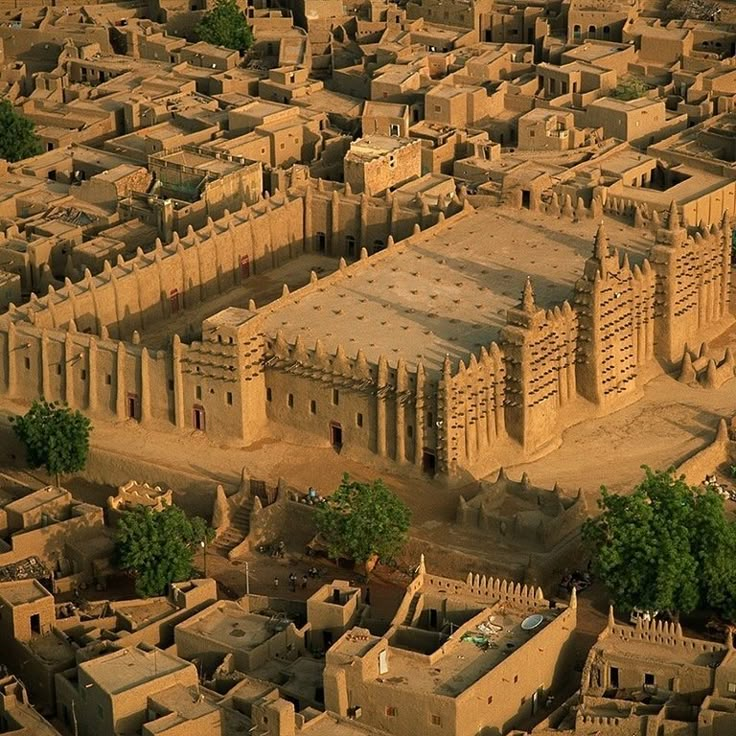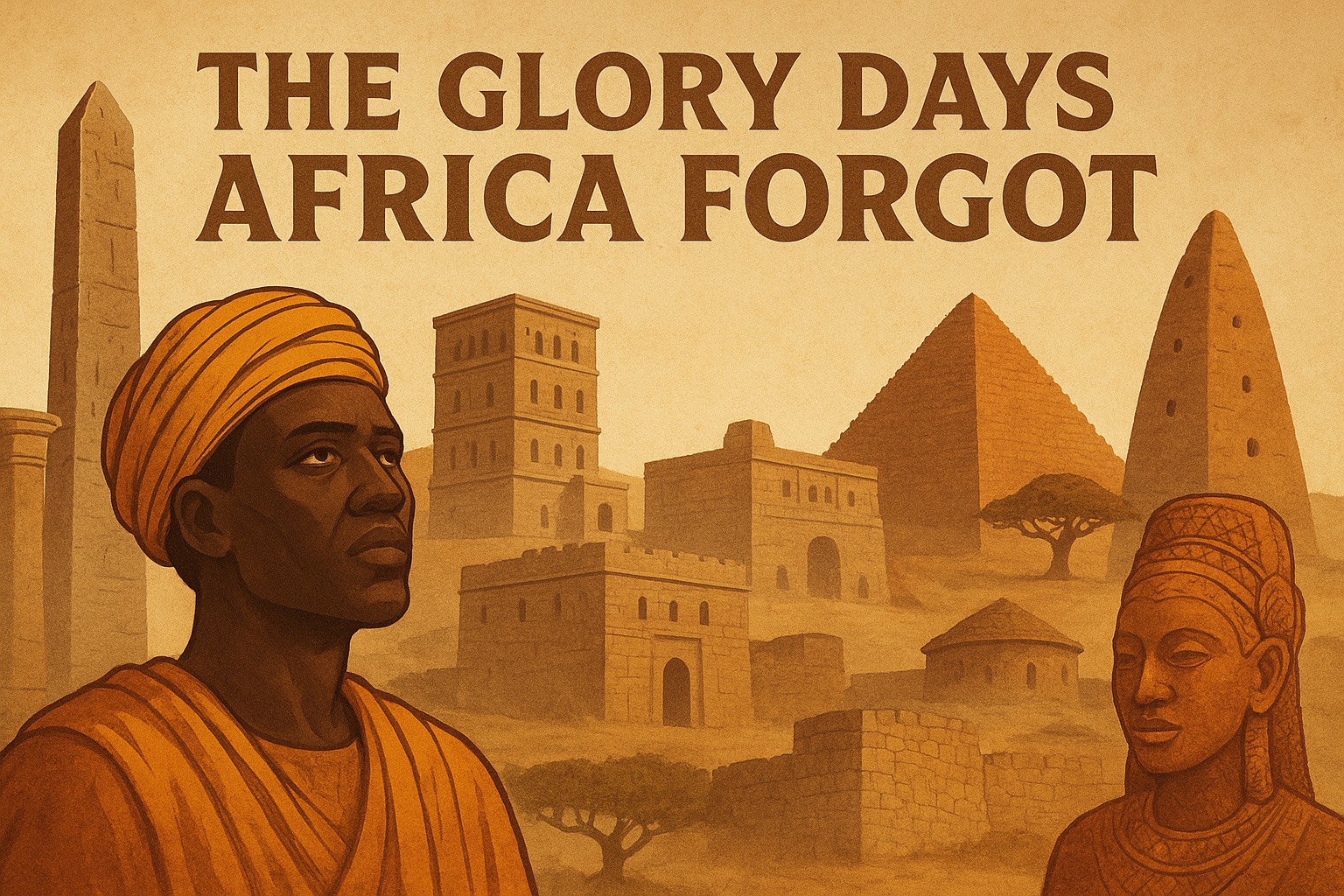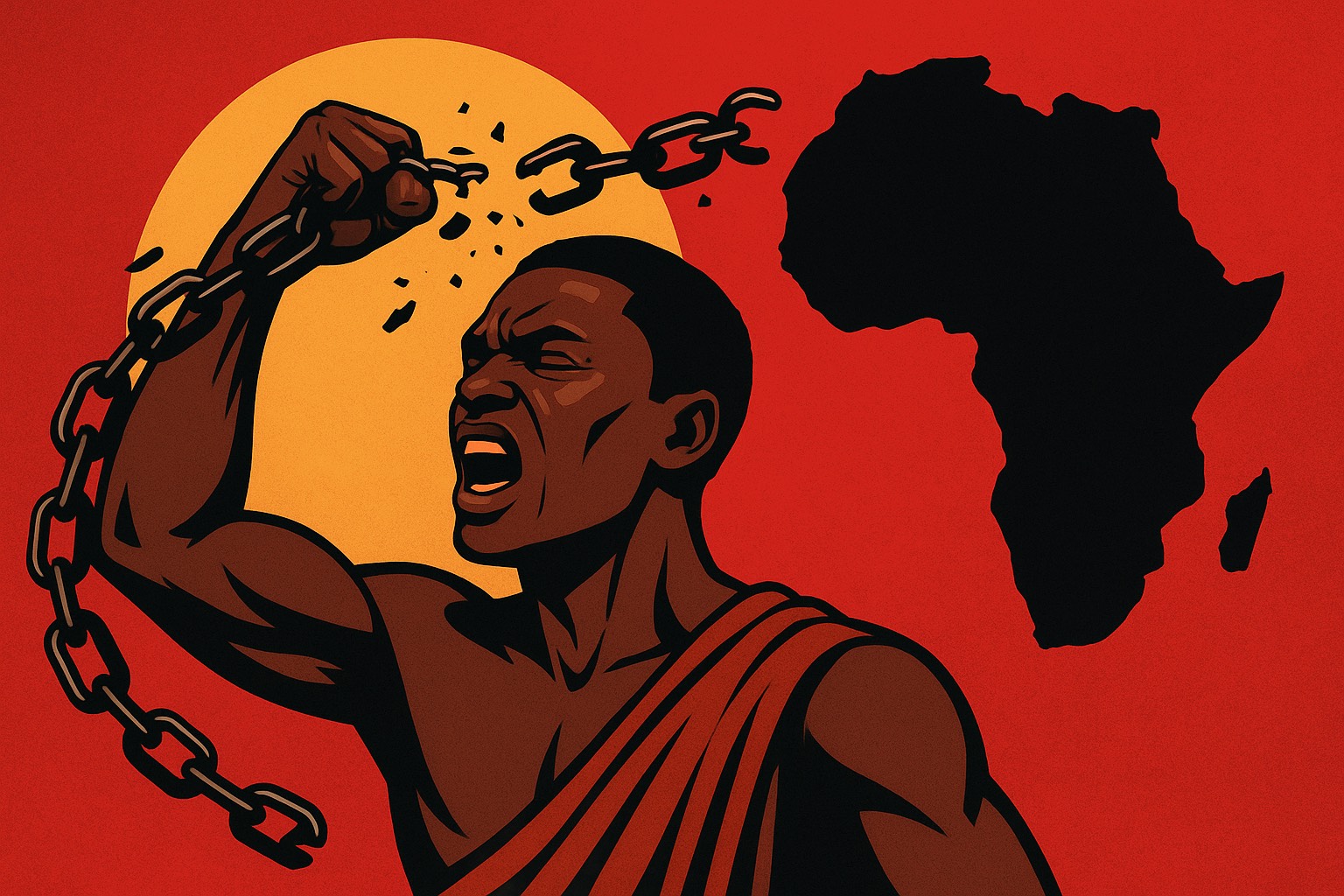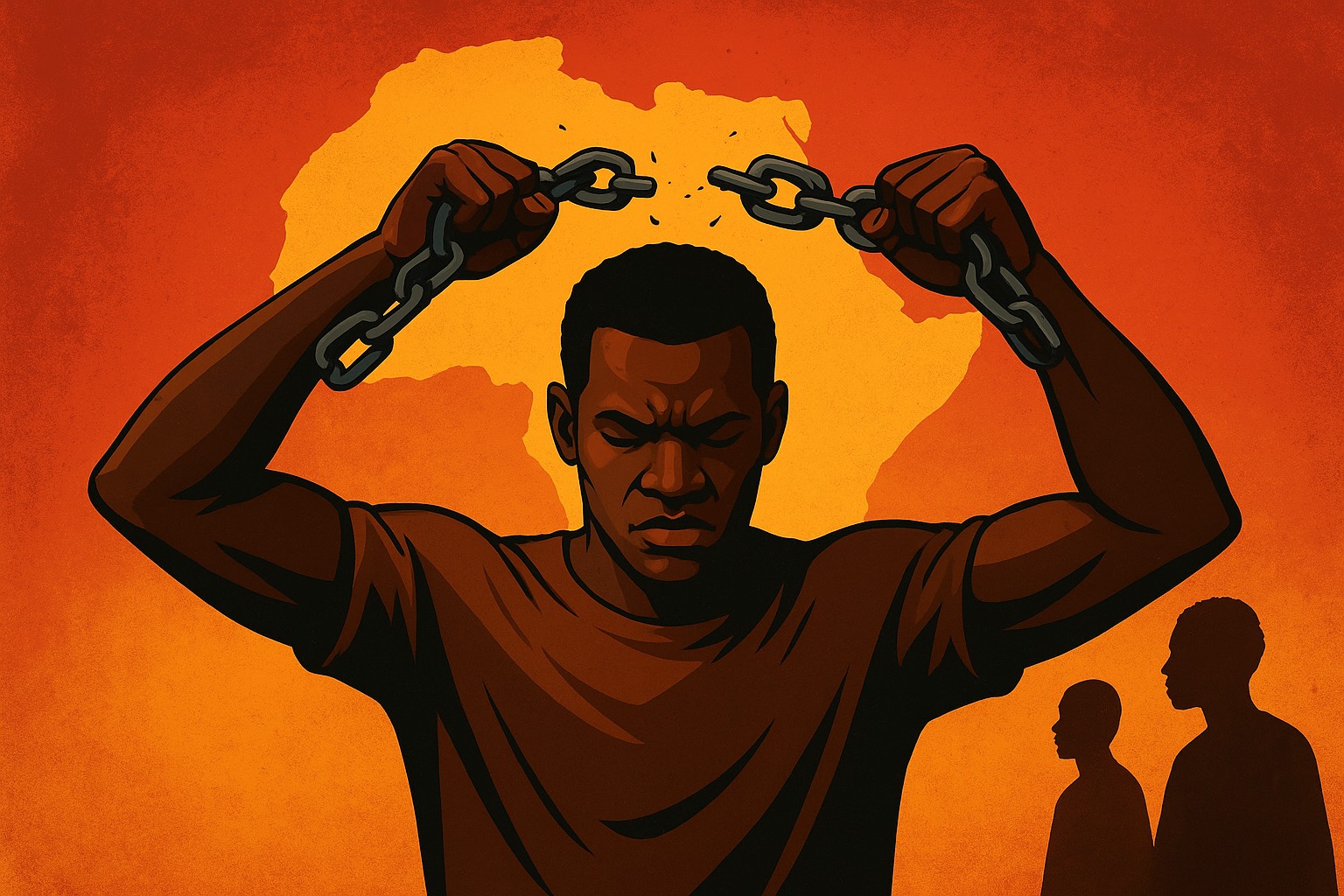The Rise and Legacy of the Mali Empire

The Rise and Legacy of the Mali Empire
Explore the rise, golden age, and lasting legacy of the Mali Empire, one of Africa’s greatest civilizations known for its wealth, scholarship, and powerful rulers like Mansa Musa.
In the heart of West Africa, the Mali Empire once flourished as a beacon of wealth, power, knowledge, and culture. This pre-colonial empire was not only one of the largest in African history but also one of the most influential in terms of economic strength and intellectual achievements. Its legacy continues to be felt today across much of West Africa and beyond.
From the Ashes of Ghana: The Origins of Mali
The story of Mali begins with the decline of the Ghana Empire in the 11th century. As Ghana weakened due to internal strife and external pressures, including the Almoravid invasion, its trade routes and cities became vulnerable. In the ensuing power vacuum, smaller kingdoms began to assert themselves. Among them was the Manding region, home to the Mandinka people.
One of the most significant figures in the birth of the Mali Empire was Sundiata Keita. Born to the royal Keita family, Sundiata overcame early challenges, being crippled in his youth and later forced into exile due to palace rivalries. However, he returned years later to unite the warring Mandinka clans against a common enemy: Soumaoro Kanté, the king of the Sosso Empire, who had risen to power following the collapse of Ghana.
In 1235, at the Battle of Kirina, Sundiata led a coalition that defeated Soumaoro, effectively ending Sosso dominance and giving birth to a new power: the Mali Empire.
Political Organization and Governance
Sundiata Keita’s leadership laid a strong foundation for Mali’s governance. He established the Gbara, a grand council composed of nobles, military leaders, and representatives of various ethnic groups. This council provided checks and balances and advised the emperor, known as Mansa, on major decisions.
The empire was a federation of provinces and vassal states, each governed by local leaders who pledged loyalty and paid tribute to the Mansa. This decentralized system allowed different cultures and traditions to flourish under a unified imperial structure.
Mali’s early constitution, known as the Kouroukan Fouga, emphasized justice, communal ownership of land, and social responsibilities. It is often cited as one of the earliest examples of written African legal systems, though transmitted orally.
Economic Powerhouse of Gold and Salt
Mali’s economic strength was unparalleled during its height. The empire controlled two of the most valuable commodities in the ancient world: gold and salt. Gold mined from Bambuk and Buré was traded across the Sahara, while salt, extracted from the mines of Taghaza and Taoudenni, was essential for preserving food and maintaining health.
Mali sat at the crossroads of major trans-Saharan trade routes, connecting West Africa to North Africa and the broader Islamic world. In cities like Timbuktu, Gao, and Djenne, merchants from as far as Europe and Arabia gathered to trade goods such as ivory, kola nuts, textiles, copper, and slaves.
Taxes collected from merchants and vassal states filled the royal treasury, enabling Mali to maintain large armies and fund architectural and religious projects.
Mansa Musa: The Emperor of Wealth and Wisdom
Of all the emperors Mali produced, none is more legendary than Mansa Musa, who reigned from c. 1312 to 1337. His name is synonymous with unimaginable wealth, often cited as the richest individual in history.
Mansa Musa’s fame exploded globally after his pilgrimage to Mecca (Hajj) in 1324. Accompanied by an entourage of thousands, including soldiers, servants, and camels carrying gold, he distributed so much gold along his route that he reportedly caused economic inflation in Cairo for over a decade.
But Mansa Musa was more than just a wealthy ruler. He invested heavily in education and religion, transforming Timbuktu into a global center of Islamic learning. He built mosques, including the iconic Djinguereber Mosque, and funded schools, libraries, and scholars. His reign marked the cultural golden age of Mali.
Timbuktu: Center of Learning and Culture
While many associate Timbuktu with remoteness today, in the 14th and 15th centuries, it was one of the most intellectually vibrant cities in the world.
The city housed the Sankore University, one of the oldest in the world, and thousands of manuscripts on subjects ranging from astronomy and medicine to theology and law. These manuscripts, written in Arabic and African languages, are a testament to Mali’s scholarly achievements and have become the focus of international preservation efforts.
Timbuktu attracted scholars from all corners of the Islamic world, making it a melting pot of ideas and innovation.
Religion and Social Structure
The official religion of the court and many urban areas was Islam, introduced through trade and strengthened by rulers like Mansa Musa. However, traditional African spiritual beliefs remained widely practiced, especially in rural areas.
The empire’s society was organized into castes, with a clear division of roles:
- Nobles and warriors
- Artisans and traders
- Farmers and laborers
- Griots, or oral historians, who preserved history through storytelling and music
The griots were especially vital in maintaining cultural continuity and passing down the Epic of Sundiata, a foundational narrative of the empire’s origin.
Military Strength and Border Expansion
Mali's army was well-trained and formidable. Composed of infantry and cavalry, it was used to secure trade routes and maintain control over vast territories. Mansa Musa and his predecessors expanded the empire to include parts of modern-day Senegal, Gambia, Guinea, Burkina Faso, Mali, Niger, and Nigeria.
However, Mali was not a conquering empire in the brutal sense. Instead, it relied on diplomacy, alliances, and a strong network of tribute-paying states to maintain cohesion.
Decline of the Empire
Following Mansa Musa’s reign, the empire began a gradual decline. His successors lacked the same vision and leadership. Internal revolts, succession disputes, and external pressures began to weaken central authority.
By the 15th century, the once-loyal Songhai Empire, based in Gao, broke away and challenged Mali’s dominance. Under the leadership of Sunni Ali and Askia Muhammad, Songhai captured Timbuktu and other major cities, marking the end of Mali’s golden era.
By the late 16th century, Mali had fragmented into smaller chiefdoms and lost its place as a dominant force in West Africa.
Legacy and Historical Impact
Despite its fall, the legacy of the Mali Empire continues to resonate. It showed the world that Africa was home to sophisticated empires with strong governance, advanced trade systems, cultural richness, and global influence.
From the golden wealth of Mansa Musa to the scholarly halls of Timbuktu, Mali's story is one of resilience, creativity, and excellence. It challenges outdated narratives and reminds us that Africa played a central role in shaping world history long before colonialism.
Modern efforts to preserve Mali’s manuscripts and promote its historical heritage are ongoing, ensuring that future generations continue to learn from its incredible past.
Conclusion
The Mali Empire was more than just a powerful kingdom; it was a symbol of what African civilization could achieve. With deep roots in tradition and a wide-reaching influence on global trade and scholarship, Mali stands as a testament to Africa’s enduring greatness.
For anyone interested in African history, the Mali Empire offers a wealth of stories, from epic battles and spiritual wisdom to intellectual achievements and royal opulence. It remains, without question, one of the greatest empires the world has ever known.


